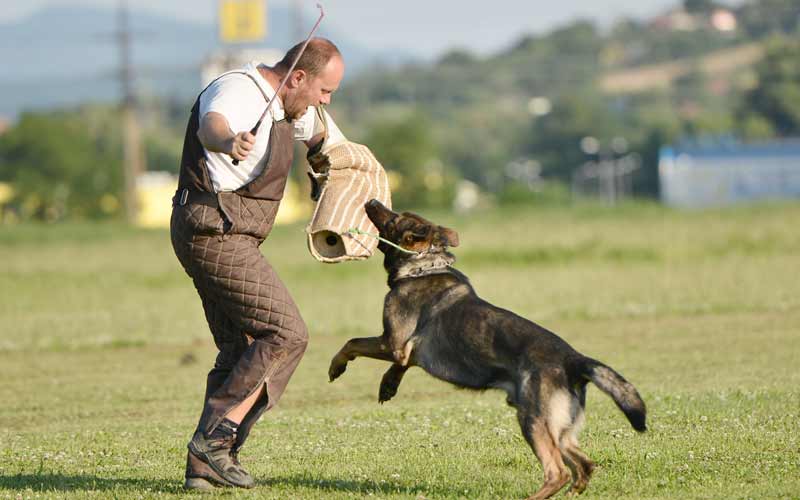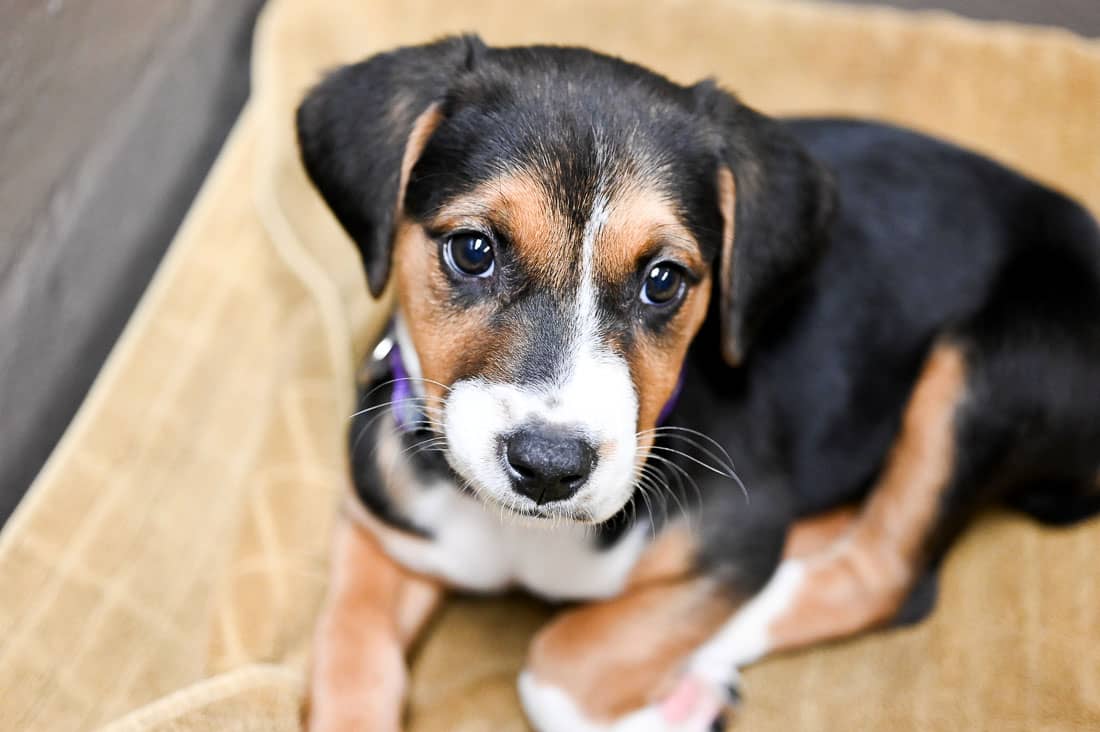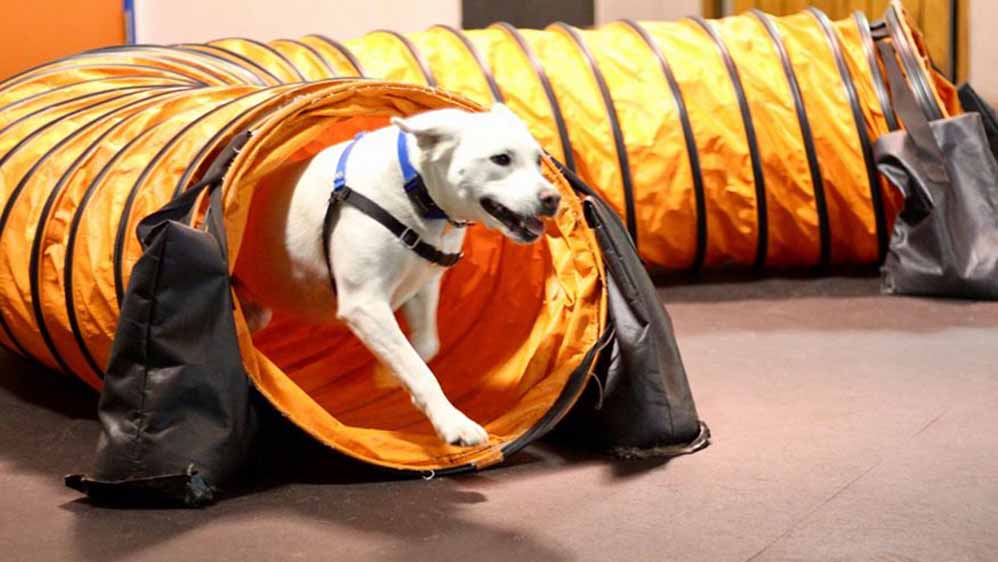Discover the Top Blunders to Stay Clear Of in Dog Training
Discover the Top Blunders to Stay Clear Of in Dog Training
Blog Article
Important Tips for Effective Dog Training: An Overview for Animal Owners
Reliable pet training is a multifaceted process that needs a strategic approach tailored to both the animal's character and the owner's purposes. Key components such as establishing consistent commands, using favorable support, and helping with early socialization play essential duties in fostering a well-adjusted canine friend. Nonetheless, many pet owners come across challenges that can hinder progress, leading to aggravation and unpredictability. Understanding how to browse these challenges can dramatically improve the training experience, ultimately transforming the relationship between proprietor and pet dog. What are the crucial methods that can be employed to ensure success in this venture?
Understanding Dog Actions
Comprehending canine actions is necessary for efficient training and cultivating a harmonious partnership in between canines and their proprietors. dog training. Dogs interact largely with body language, vocalizations, and actions, making it vital for owners to interpret these signals properly.

Socializing plays a substantial duty in dog actions; exposure to numerous settings, individuals, and various other animals can substantially affect a pet dog's character. Additionally, elements such as breed attributes and individual character need to direct training techniques, as some breeds may have details behavior attributes that require customized techniques. By understanding these elements, owners can produce a helpful atmosphere that urges positive habits, bring about effective training outcomes and a deeper bond with their pet dogs.
Establishing Consistent Commands
Reliable interaction with your canine begins with establishing constant commands. This foundational aspect of training is critical for fostering understanding in between you and your animal. Uniformity in the commands you utilize makes sure that your dog can dependably associate certain words or phrases with the wanted actions.
When selecting commands, pick clear, distinct words that are simple to claim and separate from each other. Prevent utilizing similar-sounding commands that may puzzle your pet. For example, utilizing "rest" and "remain" is suitable, however "rest" and "hit" might result in misconceptions.
Additionally, preserve the same tone and quantity for each and every command. Dogs are sensitive to vocal hints, so differing your tone can develop confusion.
It is just as essential to make sure that all relative are on the very same web page concerning the commands used. A united front in command usage will avoid mixed signals and strengthen the understanding procedure.
Favorable Reinforcement Techniques
The power of favorable support in canine training depends on its ability to encourage wanted habits via benefits and praise. This technique is based in the principle that habits complied with by beneficial outcomes are more probable to be repeated. By integrating positive support into your training routine, you can properly shape your pet dog's behavior in a constructive fashion.
To implement favorable support, it's vital to determine what motivates your pet, whether it be treats, playthings, or verbal appreciation. When your canine performs a wanted action, such as remaining on command, right away award them with a treat or love. This association between the command and the favorable outcome strengthens their understanding.
It's critical to timing the benefits appropriately; delivering the support within secs of the preferred actions helps your pet dog make the link (dog training). Furthermore, consistency is vital-- ensure that all household participants use other the very same commands and benefit systems to prevent complication

Slowly, you can decrease the regularity of deals with as your pet learns the actions, transitioning to applaud or recurring incentives. This method not only promotes a solid bond between you and your canine however likewise advertises a favorable learning atmosphere, making educating an enjoyable experience for both.
Socialization and Interaction
Constantly subjecting your pet to a selection of settings, individuals, and other animals is important for their social growth. Socializing needs to start early, preferably throughout the crucial window of 3 to 14 weeks, when young puppies are most receptive to new experiences. Nevertheless, older pet dogs can likewise gain from recurring socializing initiatives.
Present your pet to different settings, such as parks, pet-friendly shops, and city locations. This direct exposure aids them adapt to numerous stimulations, minimizing stress and anxiety and concern actions. Urge favorable interactions with other dogs and people, making sure that these encounters are controlled and safe to cultivate confidence.
Make use of structured playdates with well-mannered pets, as this can boost your pet dog's social skills and educate them suitable behavior. Obedience courses and training sessions additionally supply outstanding possibilities for socializing, allowing your pet dog to engage with others in a monitored atmosphere.
Display your canine's body movement throughout interactions, as this will assist you gauge their convenience degree. Slowly boost direct exposure to more tough circumstances while ensuring that each experience declares. A well-socialized dog is more probable to display balanced actions, my link making them a happiness to have in any setting.
Attending To Common Training Obstacles
Every dog proprietor will certainly experience training obstacles at some time, despite their dog's age or socialization level. Recognizing usual problems such as stubbornness, disturbances, and fearfulness can assist in creating reliable approaches for improvement.

Interruptions during training sessions can hinder emphasis. To fight this, start training in a quiet environment with minimal stimuli. Slowly introduce diversions as the pet dog comes you could try here to be a lot more competent in commands. Short, frequent training sessions are also efficient in maintaining attention.
Fearfulness can hinder a dog's understanding procedure. Progressive desensitization to the source of worry, coupled with favorable reinforcement, can help alleviate anxiousness. Perseverance is vital; never require a pet dog into a situation that creates distress, as this might intensify the issue.
Eventually, understanding and addressing these usual difficulties with a structured strategy will promote a more effective training experience, enhancing the bond between pet and owner while advertising effective understanding.
Final Thought
In summary, effective canine training relies upon a thorough understanding of canine actions, the establishment of regular commands, and the application of positive support techniques. Socializing plays a crucial role in creating well-adjusted pets, while addressing common training challenges needs perseverance and adaptability. By applying these important techniques, pet dog owners can promote a solid bond with their canines and advertise preferable behaviors, eventually leading to a harmonious partnership in between human beings and their canine friends.
Comprehending pet dog behavior is vital for reliable training and fostering an unified connection in between canines and their owners.Socialization plays a substantial duty in pet dog actions; exposure to various atmospheres, individuals, and various other pets can significantly affect a pet dog's personality.The power of favorable reinforcement in canine training exists in its capability to motivate preferred actions via incentives and praise. By incorporating positive reinforcement into your training program, you can successfully form your canine's actions in a positive way.
In recap, effective pet training counts on an extensive understanding of canine actions, the facility of regular commands, and the application of favorable support methods.
Report this page